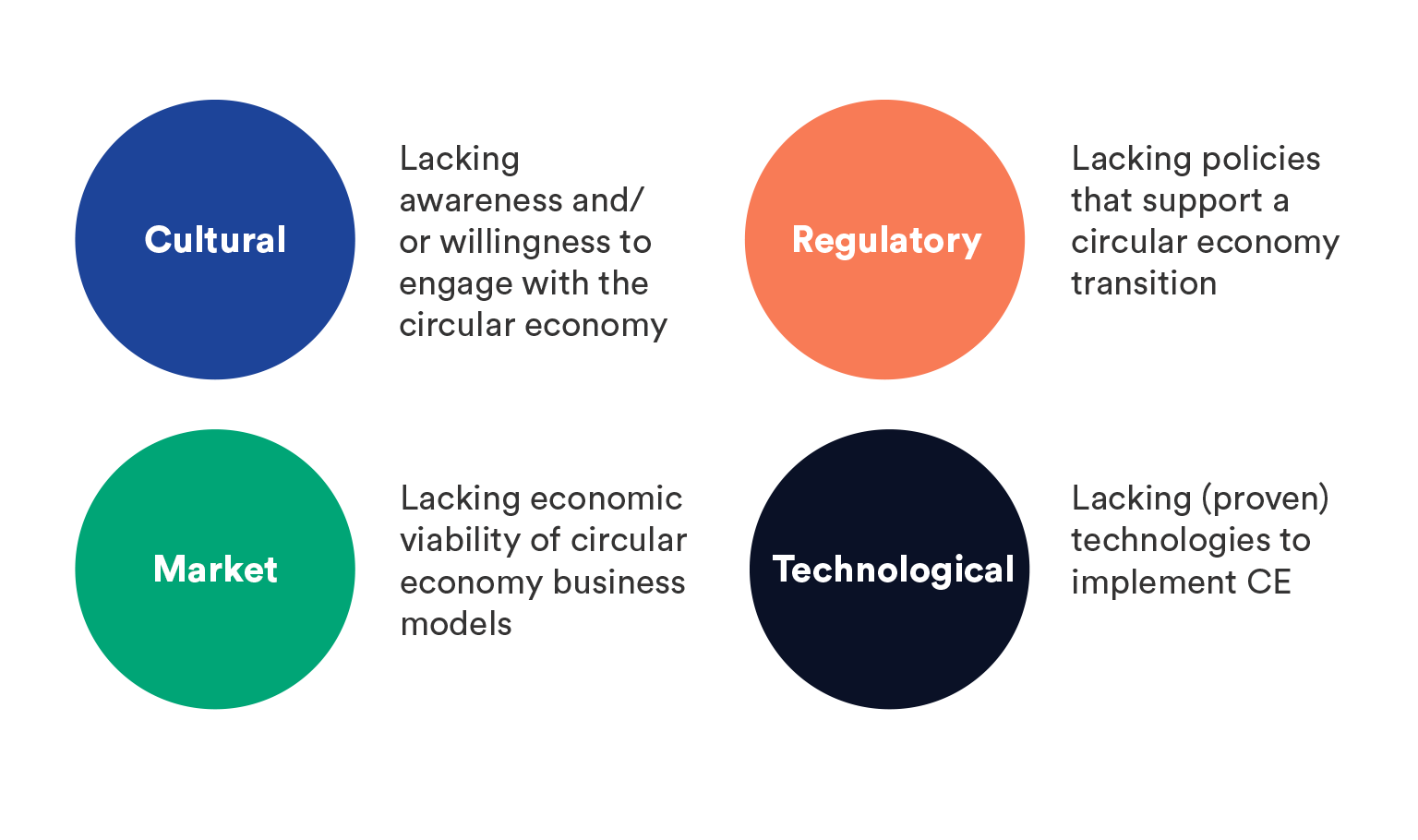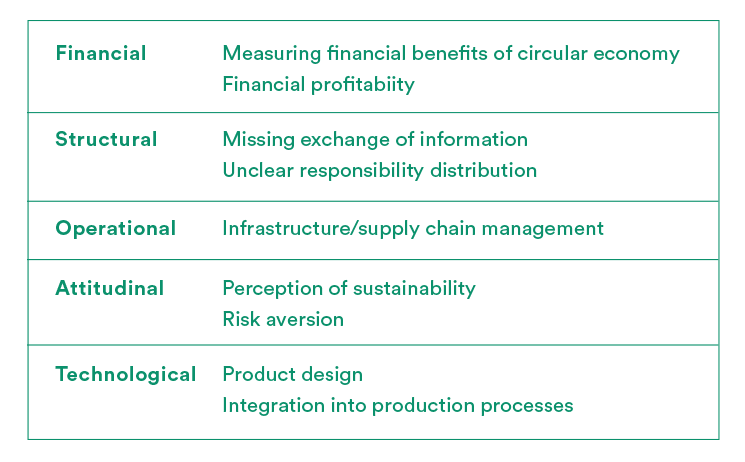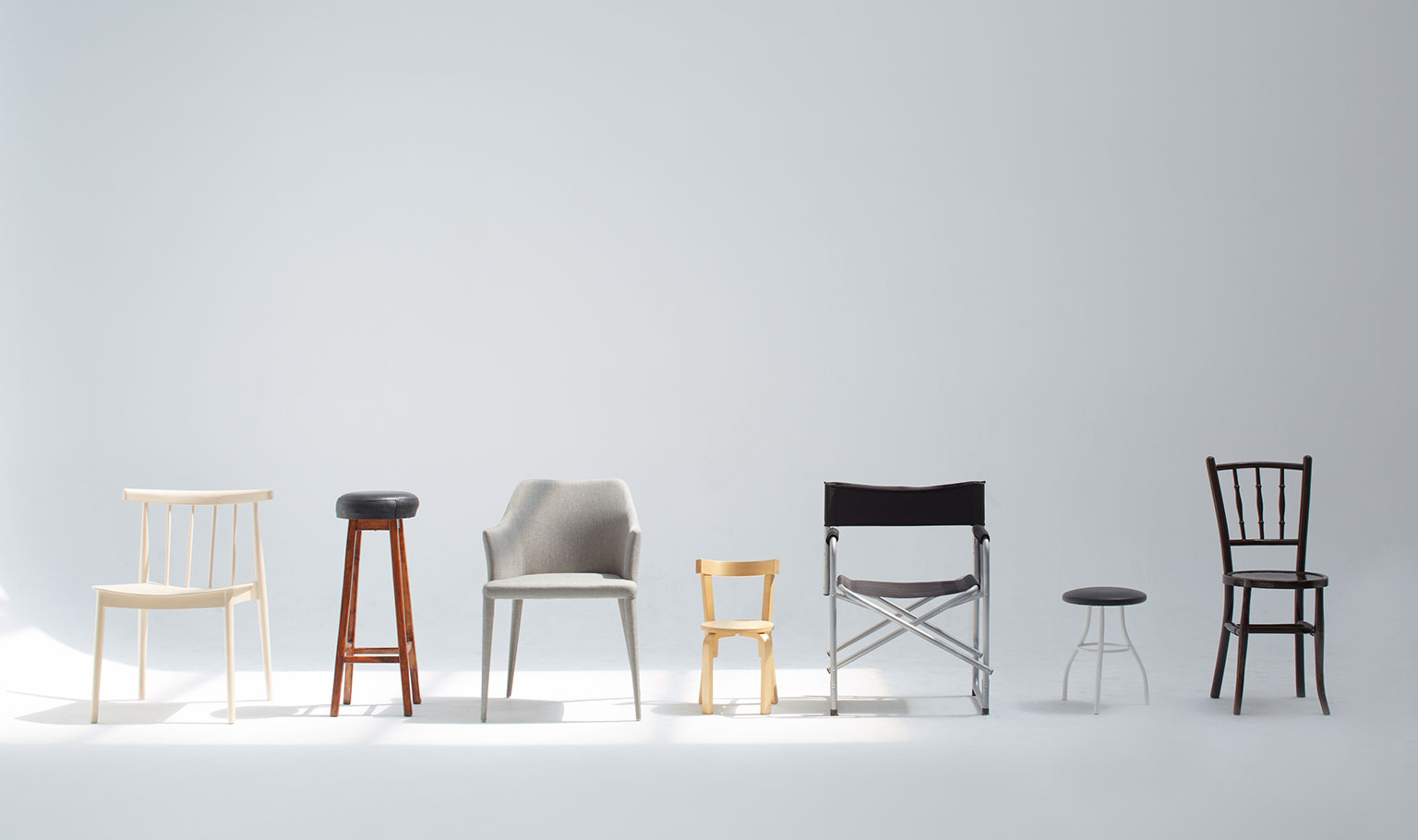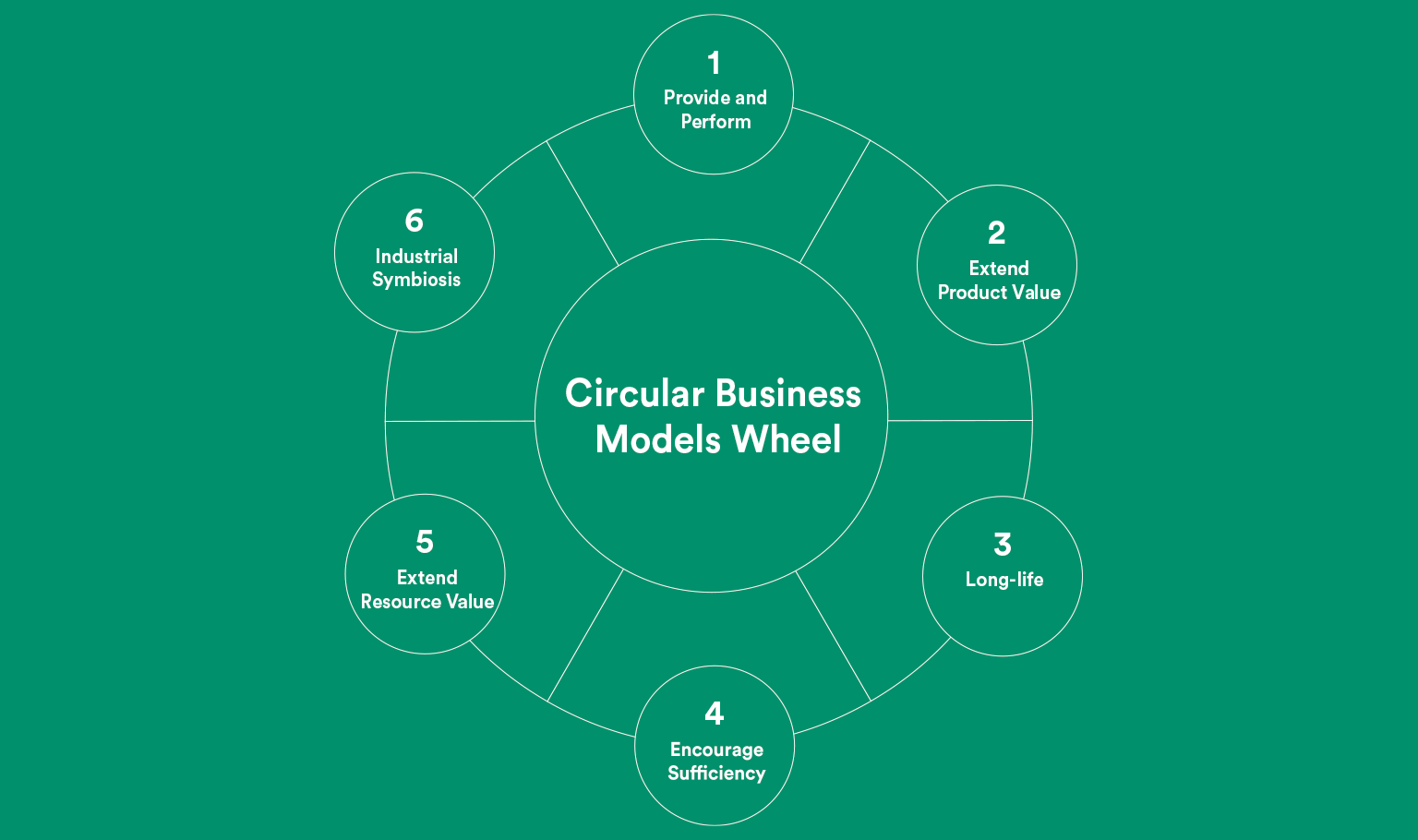Guide
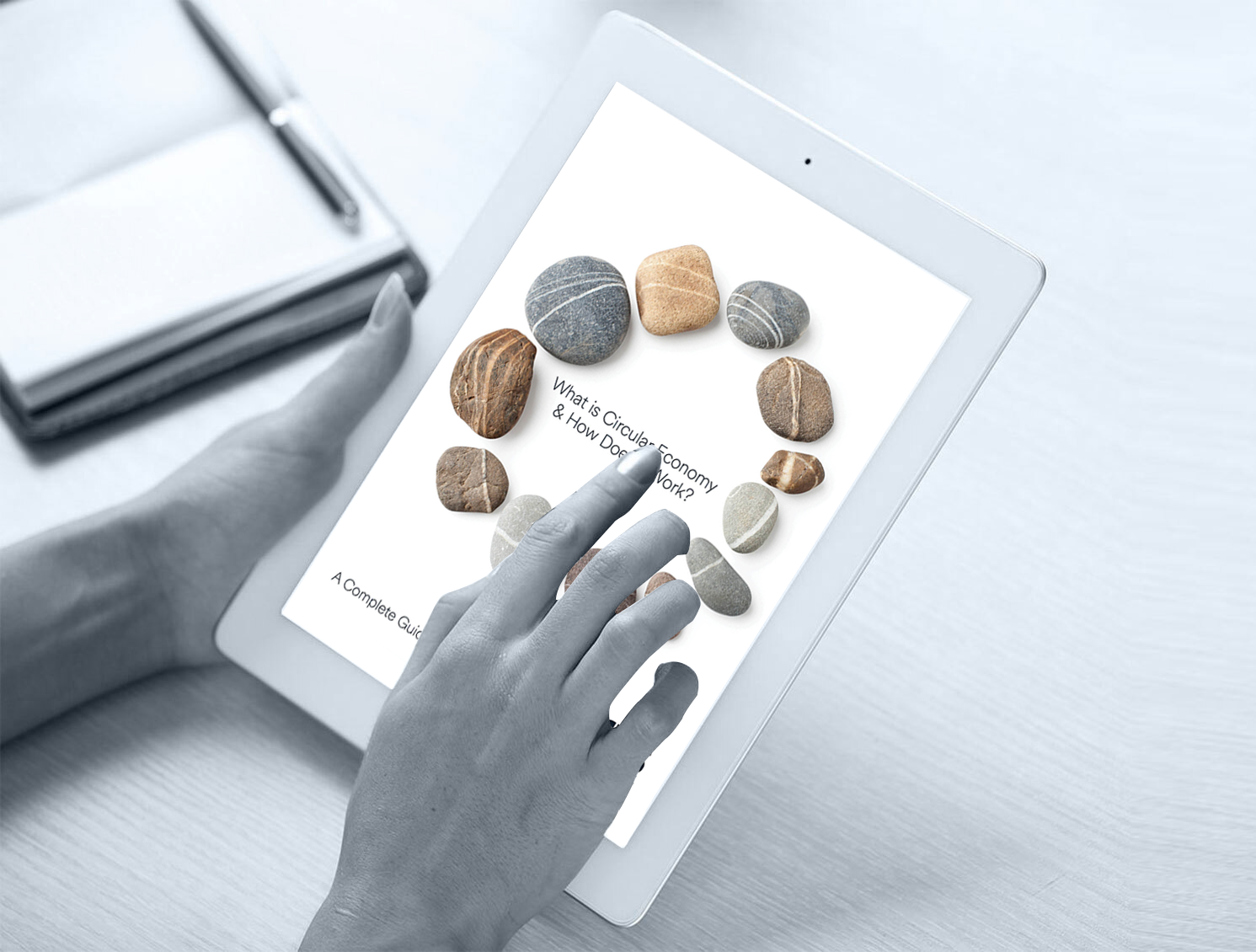
DOWNLOAD NOW
Guide to the Circular Economy
What is it and how does it work?
How do you move to a circular economy
Moving to a circular economy is no simple task, and it will likely take many years to achieve true circularity. This is because both businesses and consumers need to work together to create a system that keeps materials in the loop. This means businesses must work with other businesses to find new homes for waste products and materials, while consumers must continue to reduce, reuse, and recycle while also demanding greater circularity in products and services.
How to measure the circular economy
The measure of a truly circular economy is one that creates zero waste. However, the reality is that this goal is unlikely to be reached, as there will likely always be some level of waste. Measuring the progress of a circular economy, however, can be done in stages, with businesses measuring their own circularity which can then feed into the wider system. The Ellen Macarthur Foundation is one organization doing just, however RTS can also help your business track its metrics.
Why circular economy is sustainable
A circular economy is considered more sustainable since it aims to produce zero waste, reducing, reusing, and recycling all kinds of materials and resources to ensure they are kept in the loop. However, many people now also believe that a circular economy can be more sustainable financially as well as environmentally, with benefits that also help build more sustainable societies.
Can a circular economy make trash obsolete
In theory, the circular economy is designed to cut our trash entirely. However, the reality is that reducing waste to a minimum is a more likely outcome. Having said this, as circular technologies, materials, and renewable resources develop in the future, it is possible that trash will be a thing of the past.
What is the circular economy in waste management
Effective waste management is a critical piece of the circular economy puzzle, not only as a way to divert materials and resources away from landfill or incineration, but also to help guide companies and consumers in reducing, reusing, and recycling. Today’s most forward-thinking waste management companies also have huge role to play in the measurement of circular economy metrics and subsequent data transparency.
How can cities be made more sustainable
The circular economy is one way in which cities can be made more sustainable. This is because the three main principals, reduce, reuse, and recycle aim to first, minimize the amount of waste we create; then use any waste we create in new products or processes; and finally, recycle any remaining waste to extract the maximum utility. This means that less waste goes to landfill or incinerators and resources are kept in the loop for longer.
What are the three main principals of the circular economy
The three main principals of the circular economy are REDUCE, REUSE, and RECYCLE, in that order. However, other sub-principals such as refurbish and repair alongside the use of renewable energies are also key components of a system that is both restorative and regenerative by design—a system that aims to replicate the way nature works and redesign our entire industrial system.
How does the circular economy affect the economy?
While many people still hold misconceptions that sustainability is expensive, today, it is widely believed that the circular economy will help boost the global economy. In truth, waste is expensive—it uses more resources than necessary, and it must be dealt with safely. A circular economy would, prize waste as resource itself and reduce the need to constantly extract more from the earth. Additionally, factoring in the financial impact of climate change on the global economy, a circular economy can help to mitigate future costs.
How does circular economy tackle climate change?
The circular economy attempts to tackle climate change with comprehensive changes to the current liner economy. Some of the most obvious ways this happens are by switching to renewable sources of energy, phasing out single-use plastics and other oil-based materials, preventing incineration of waste materials, and reducing waste to an absolute minimum to save precious resources that may otherwise be destructively extracted.
What is the opposite of a circular economy?
The opposite of a circular economy is our current linear economy, a system that “takes, makes, and wastes”, rather than reduces, reuses, and recycles. The linear economy is wasteful by design and built of systems on processes that are actively destructive to the planet. The circular economy, on the other hand, aims to restore and regenerate the planet through the wholesale restructuring of the industrial economy.












 Could a much larger quantity of used plastics be leveraged into making new materials? Companies like Eastman are already working with the
Could a much larger quantity of used plastics be leveraged into making new materials? Companies like Eastman are already working with the 




